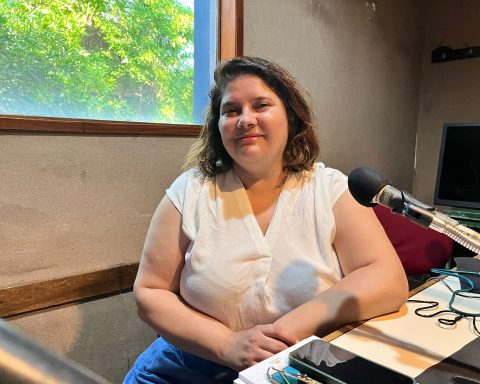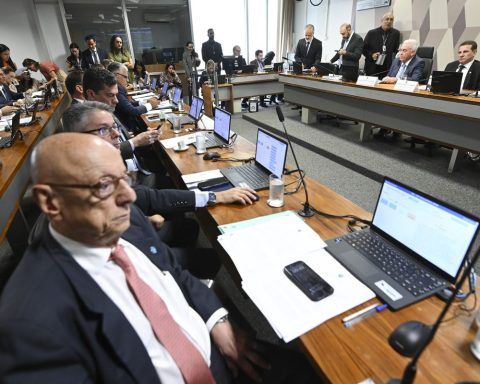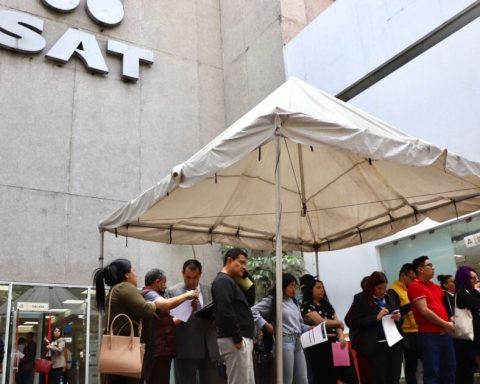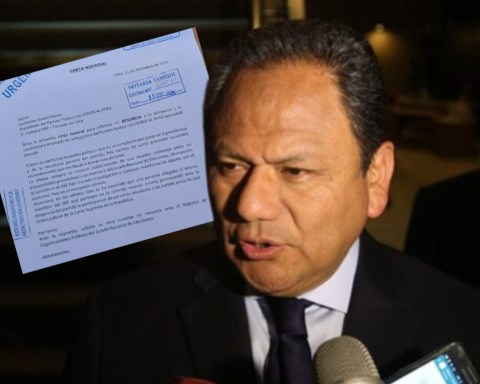The covid-19 pandemic had a strong impact on the country’s economy, resulting in breaches of contract, layoffs due to downsizing, the global financial crisis, and limited or paralyzed business activities. However, despite what was expected, there was no exponential increase in bankruptcy requests. In fact, many companies managed to reorganize without having to resort to this legal instrument.
Statistics show that in the years 2017, 2018 and 2019 a high number of contest requests was registered, which decreased in 2020 with only 71 contests.
“It is probable that the explanation is linked to the measures adopted and the very tolerance of creditors, who in the face of the crisis that was going through worldwide granted greater refinancing, alternatives and tolerance for defaults”, explained the lawyer Andrea Ramírez, senior associate at Bragard Abogados.
Law No. 18,387 on bankruptcy and business reorganization establishes that the judicial declaration of bankruptcy involves any debtor who is in a state of insolvency. This means that regardless of the existence of several creditors, you cannot meet your obligations.
The regulations detail that the debtor has the obligation to request his own bankruptcy within 30 days from the moment he learned of his state of insolvency.
“It is important to bear in mind three aspects regulated by bankruptcy law. In the first place, the regulations themselves establish presumptions of insolvency that will serve as a guide for the debtor to assess the state of his situation. In addition, the categorization given to the bankruptcy will vary, depending on whether the request came from the debtor himself or from a third party. It must also be borne in mind that the debtor who was obliged to request his own bankruptcy and does not do so within the period established by law may have repercussions in the qualification incident that will begin in the final stage of said bankruptcy”, explained the specialist. in litigation and arbitration.
There is always the possibility that the debtor himself negotiates with his creditors a payment procedure to deal with his debts. It must be assessed whether the debtor is in any of the relative or absolute presumptions of insolvency regulated by law, in which case there will be a risk that any creditor may request bankruptcy.
On the other hand, the bankruptcy law itself establishes an alternative mechanism called the Private Reorganization Agreement (APR), which allows the debtor to enter into a payment agreement with his creditors without having to go through the bankruptcy of his business.
This mechanism is in disuse by the creditors, since the fact that the breach of the payment agreement is an immediate cause of liquidation of the company, without the possibility that the debtor goes through the path of a bankruptcy, is one of the stronger reasons why this tool loses its attractiveness for the debtor who is in a difficult economic situation, but who wants to move forward with his business.
Ramírez explained that the list of people entitled to apply for the contest is broad. It is only enough that one of the presumptions of insolvency regulated by law can be proven so that the bankruptcy application can begin to be processed. “This does not imply that the debtor does not have the means to defend himself. Once the bankruptcy has been requested by one of the legitimized parties, the bankruptcy judge will transfer the claim to the debtor so that he can exercise his defense ”, he added.
Does bankruptcy mean bankruptcy?
With the reform of the bankruptcy law of 2008, it was sought that the legal instrument of the bankruptcy be a possibility of business reorganization and not of bankruptcy. However, there is still the installed myth that a person who enters the bankruptcy is bankrupt and will have to close.
“Statistics show that there are many cases of debtors who manage to enter into a payment agreement with their creditors within the framework of a bankruptcy process and end up reorganizing their business, finally leaving the bankruptcy state and recovering their full legitimacy to act,” he explained. Ramirez.
In this sense, the bankruptcy law seeks to provide a legal instrument that allows the debtor to reorganize, meet its obligations and continue with its activity. “The impossibility of initiating new lawsuits against the debtor, of preventing the execution of embargoes, the trustee or auditor rescinding contracts or making use of the claim mechanism, and the prohibition of executing mortgage or pledge guarantees for a certain period are some of the the instruments provided by law so that the debtor is not overwhelmed by his creditors and can carry out his business with the collaboration of the trustee or auditor”, explained the lawyer of the Bragard study.


















